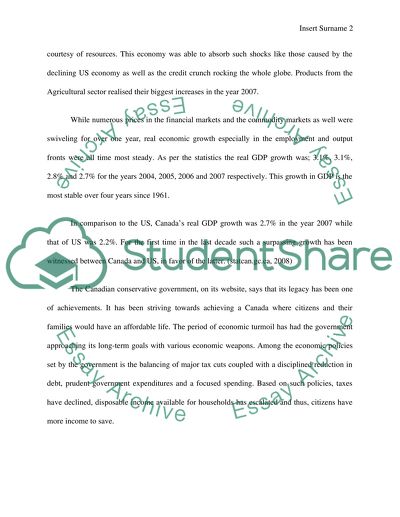Cite this document
(Canada's Economy for the Past Two Years Assignment, n.d.)
Canada's Economy for the Past Two Years Assignment. Retrieved from https://studentshare.org/macro-microeconomics/1558757-economics-canada
Canada's Economy for the Past Two Years Assignment. Retrieved from https://studentshare.org/macro-microeconomics/1558757-economics-canada
(Canada'S Economy for the Past Two Years Assignment)
Canada'S Economy for the Past Two Years Assignment. https://studentshare.org/macro-microeconomics/1558757-economics-canada.
Canada'S Economy for the Past Two Years Assignment. https://studentshare.org/macro-microeconomics/1558757-economics-canada.
“Canada'S Economy for the Past Two Years Assignment”, n.d. https://studentshare.org/macro-microeconomics/1558757-economics-canada.


